One of UTEP’s last bowl game wins could have never happened if it wasn’t for a last second miracle which is known today as, “the game that changed it all.”
Billy Stevens, an all-American, two-time Sun Bowl MVP and NFL draftee, recently came back to his alma mater to retell the story of how one play etched the name of the 1965 Miners in history.
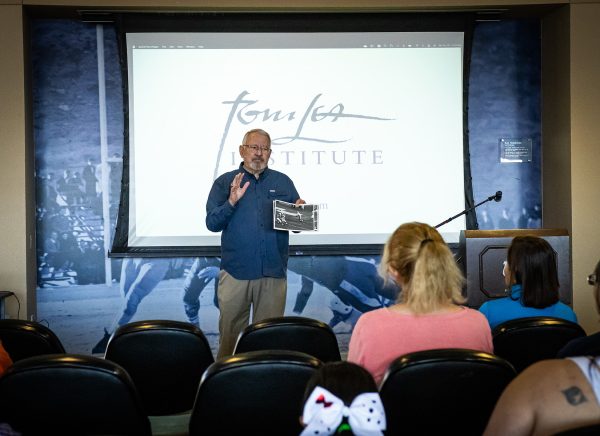
“We had gotten four games in a row. There was even talk – ‘Hey we’re going to go undefeated this year,’ and the next three games we got whipped,” said Stevens. “I think we were trying too hard; we were making mistakes like crazy.”
The 1965 season was historic for the Miners in many ways. As they were once called Texas Western, their shiny new Sun Bowl stadium was little over a year old, sophomore quarterback Billy Stevens was putting the 915 on notice, and it was the first year of the Bobby Dobbs era.
“Coach Dobbs stopped practice, called us all together and had us get down on one knee. All of a sudden there was dead silence,” said Stevens. “Then coach Dobbs said, ‘By God, I expect you to be the best you can be tomorrow.’”
That week, Texas Western traveled to Salt Lake City to take on the Utah Utes. After giving up a late touchdown, it seemed that the Miners would suffer yet another loss.
“They were ahead by six points. I had gathered up the offensive team on the sidelines,” said Stevens. “Utah was famous for a deep defense. We had put together this play (where) Chuck Hughes was going to come across in the middle of the field in between the deep blacks. The tight end was going to come across lower, to hold those linebackers away from Chuck. Bob (Wallace) was going to come across from the right, with the idea that it was going to create a hole.”
So, with the play meticulously crafted to expose a notorious defensive strategy from the Utes, Stevens just chucked the ball up as time expired and held his breath.
The pigskin flew 91 yards, and all those listening at home on the radio could do was either open or cover their ears until it was announced thatWallace had caught the ball for the Miner win.
“We were kind of on the teeter totter on whether we were a decent team,” said Stevens. “Winning that game, it truly turned our season around.”
American illustrator, and El Paso native Tom Lea, not only recognized, but immortalized the moment.
Lea is most widely known for his work that depicts nature and cultural scenes. A commonly recognized painting of his is “That 2,000-yard stare” (1944).
One of Lea’s main missions was capturing the beauty of El Paso, whether it came through a tangible object, or an intangible moment.
“Coach Dobbs had told us that Mr. Lea wanted to meet,” said Stevens. “We go into his office. This man knew more about football than I could imagine. I was amazed at the questions he asked.”
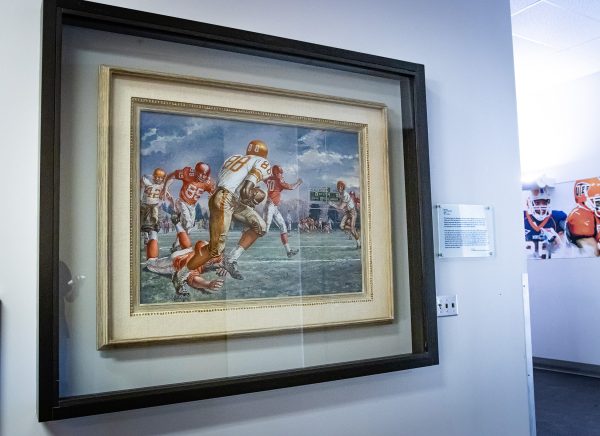
In attempts to make the viewer feel as though they shared the field with Texas Western, the Miner players impersonated the play in the Sun Bowl to assure Lea would have pinpoint accuracy.
“He was so intent on capturing that moment,” said Stevens. “Just how it was.”
Lea named his painting “The Turning Point” to represent the importance the game had for Texas Western’s Sun Bowl dreams.
Today, the artifact of UTEP history sits comfortably on the first floor of the Larry K. Durham building with no intention of moving.
Sebastian Perez-Navarro is a staff reporter for The Prospector and can be reached at [email protected]


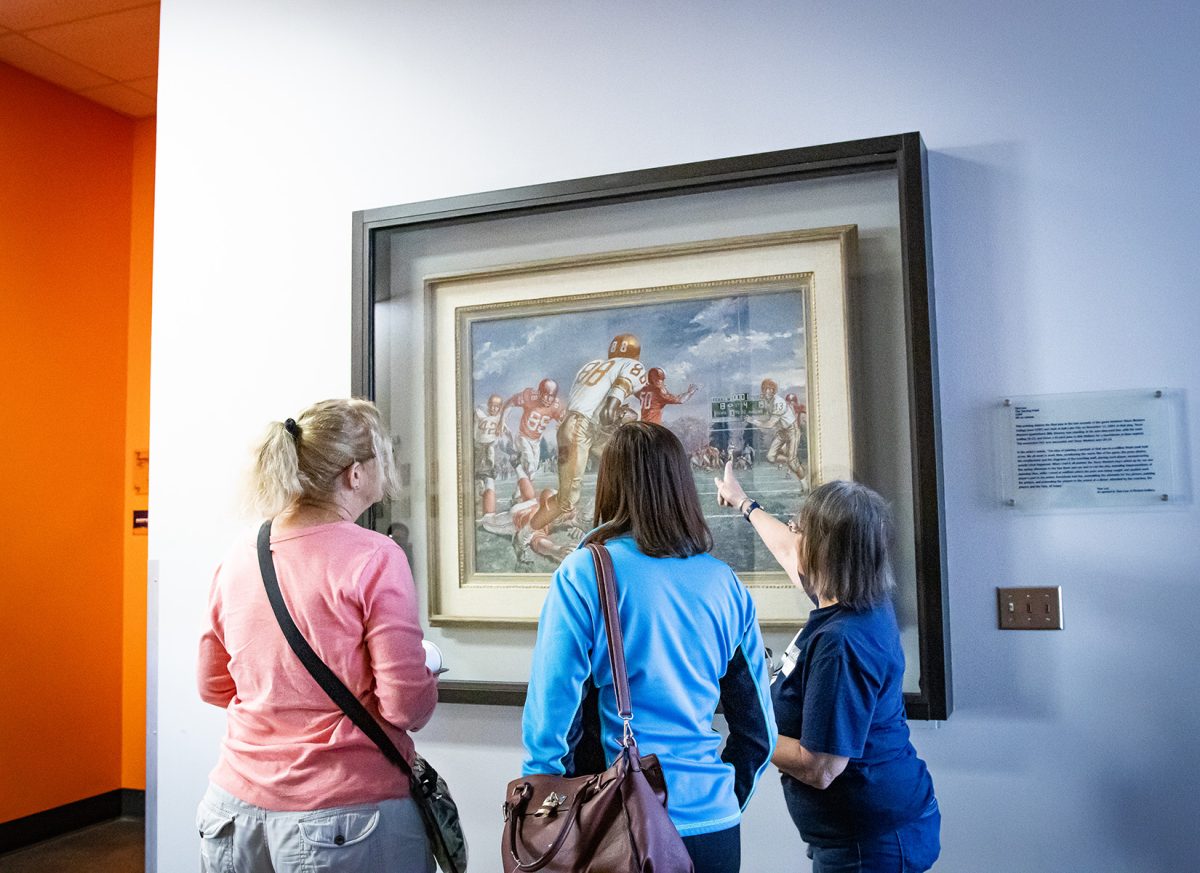



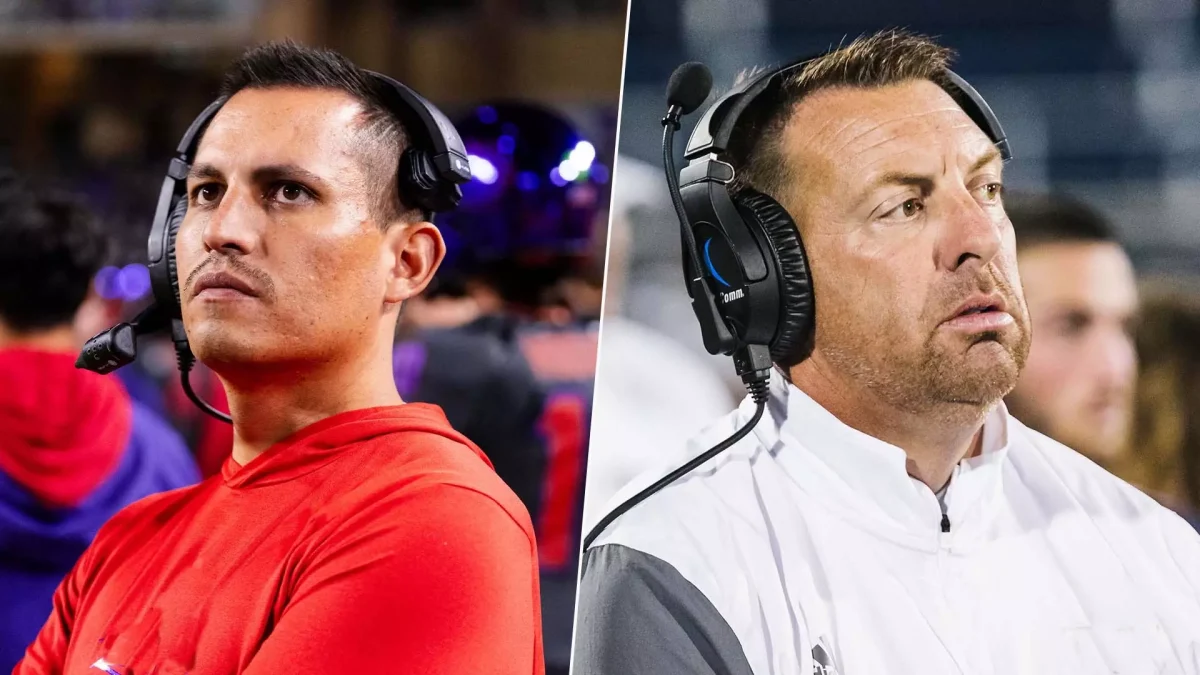
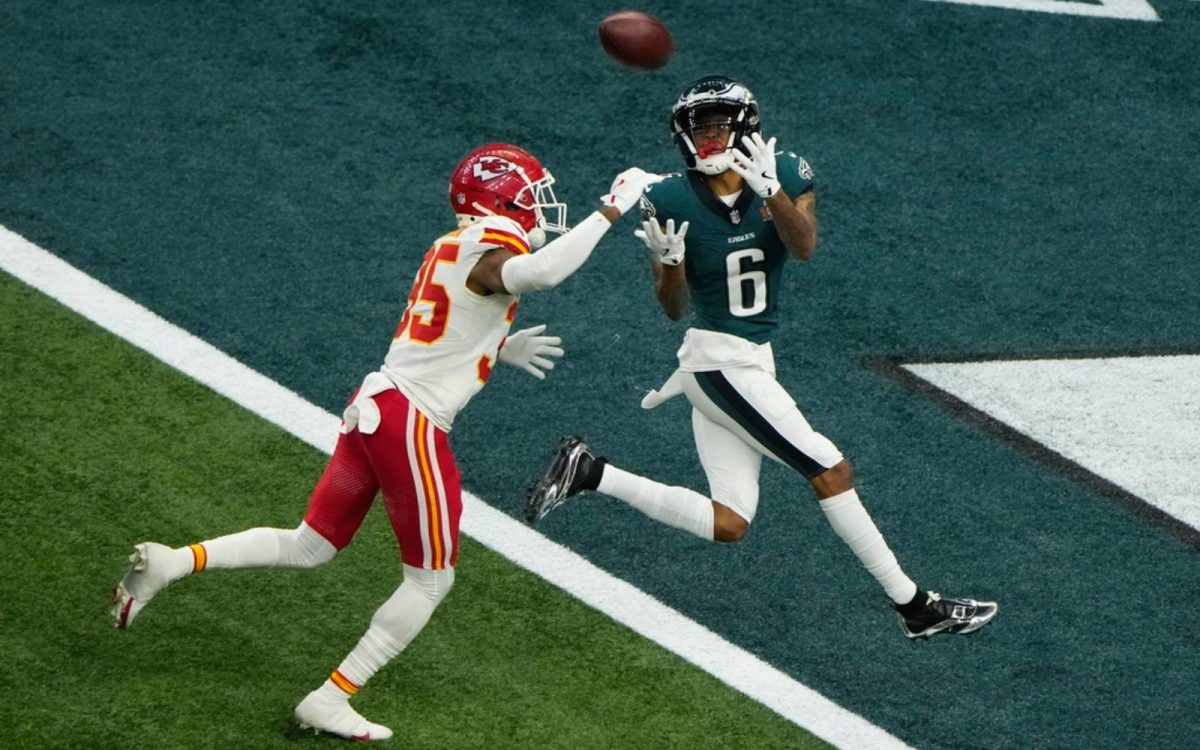
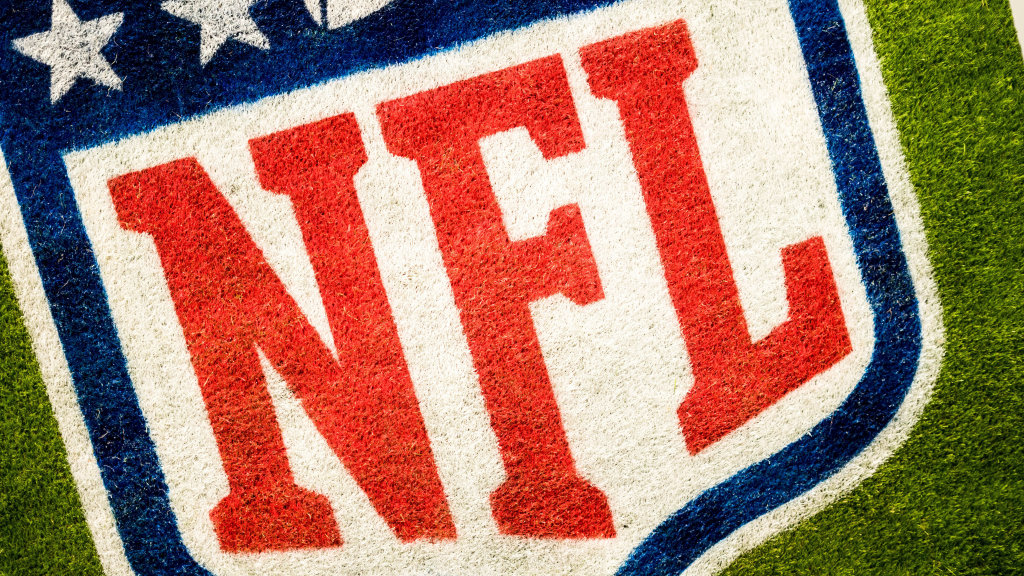
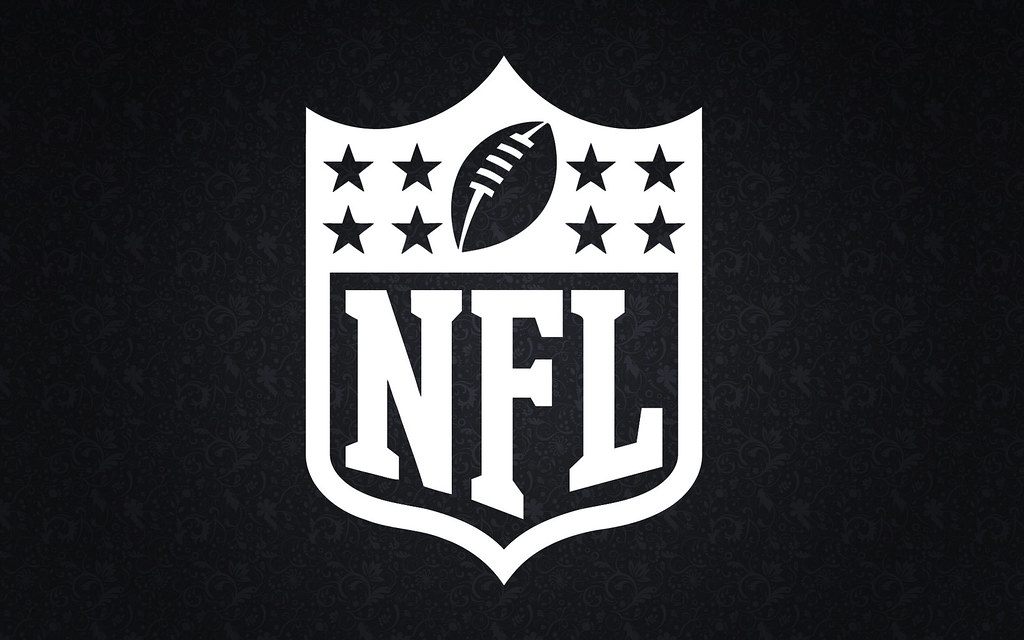
Holly Cobb • Nov 10, 2024 at 4:21 PM
Great job on the article!